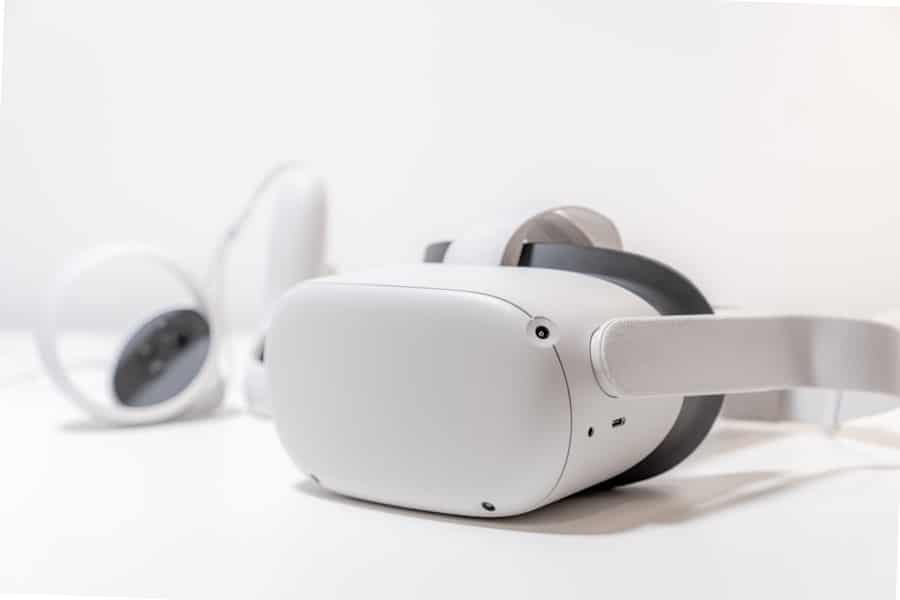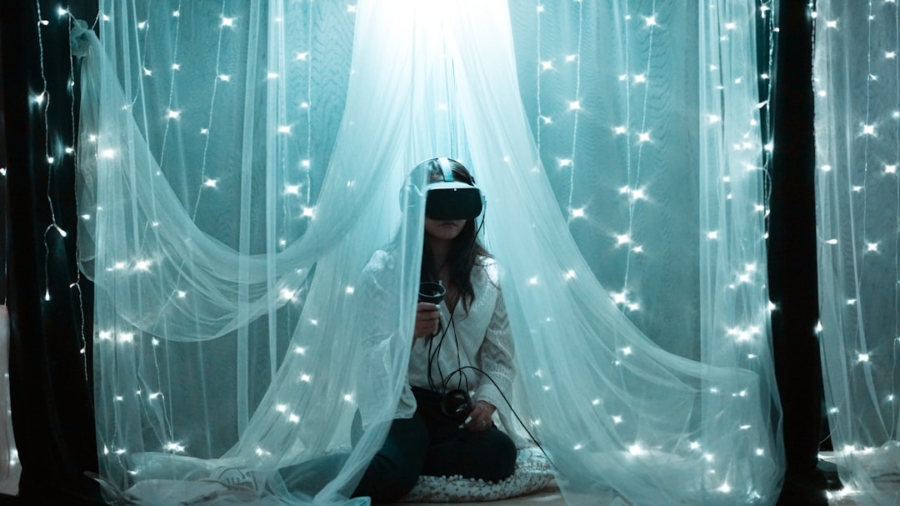Trauma can have profound and lasting effects on individuals, influencing their emotional, psychological, and physical well-being. Survivors of traumatic events often experience a range of symptoms, including anxiety, depression, flashbacks, and hypervigilance. These symptoms can manifest in various ways, affecting daily functioning and interpersonal relationships.
For instance, a person who has experienced a violent assault may find themselves unable to engage in social situations or may develop an intense fear of similar environments, leading to social isolation. The impact of trauma is not uniform; it varies based on individual resilience, the nature of the trauma, and the support systems available to the survivor. Moreover, the neurobiological effects of trauma are significant.
Research indicates that traumatic experiences can alter brain structures and functions, particularly in areas associated with memory and emotional regulation, such as the amygdala and hippocampus. This alteration can lead to difficulties in processing emotions and memories, making it challenging for survivors to integrate their experiences into their lives. For example, a veteran suffering from post-traumatic stress disorder (PTSD) may relive combat experiences through intrusive memories or nightmares, which can hinder their ability to lead a fulfilling life.
Understanding these impacts is crucial for developing effective therapeutic interventions that address the unique needs of trauma survivors.
Key Takeaways
- Trauma can have a profound impact on survivors, affecting their mental, emotional, and physical well-being.
- Virtual reality (VR) is being used in controlled exposure therapy to help survivors confront and process traumatic experiences in a safe and controlled environment.
- Using VR in trauma therapy offers advantages such as increased sense of presence, customization of scenarios, and potential for greater engagement and immersion.
- VR-assisted trauma therapy helps overcome barriers to traditional exposure therapy, such as lack of access to real-life stimuli and potential re-traumatization.
- Case studies demonstrate the success of VR-assisted trauma therapy in treating conditions such as PTSD, phobias, and anxiety disorders, showing promising results for survivors.
The Role of Virtual Reality in Controlled Exposure Therapy
Controlled Exposure in a Safe Environment
Controlled exposure therapy involves gradually exposing individuals to the sources of their fear in a safe and controlled environment, allowing them to confront and process their traumatic experiences without the overwhelming anxiety that might accompany real-life exposure. VR technology enhances this process by creating immersive environments that simulate real-world scenarios related to the trauma.
Personalized Therapy Experience
For instance, a survivor of a car accident can be placed in a virtual driving scenario where they can gradually face their fears while being guided by a trained therapist. The use of VR in exposure therapy allows for a high degree of customization. Therapists can tailor the virtual environments to reflect specific aspects of the survivor’s trauma, ensuring that the exposure is relevant and meaningful.
Empowering Survivors in Their Healing Process
This level of personalization can significantly enhance the therapeutic experience, as it allows survivors to engage with their fears at their own pace. Additionally, VR can provide a sense of control that is often lacking in traditional therapy settings. By allowing survivors to dictate the intensity and duration of their exposure, VR empowers them to take an active role in their healing process.
Advantages of Using Virtual Reality in Trauma Therapy

One of the most significant advantages of using virtual reality in trauma therapy is its ability to create a safe space for survivors to confront their fears. Traditional exposure therapy often requires individuals to face real-life situations that can be distressing and overwhelming. In contrast, VR provides a controlled environment where therapists can manage the exposure levels and ensure that the survivor feels secure throughout the process.
This safety net can encourage individuals to engage more fully with their therapy, leading to more effective outcomes. Furthermore, VR can facilitate repeated exposure to traumatic stimuli without the logistical challenges associated with real-world scenarios. For example, a survivor of sexual assault may find it difficult to revisit locations associated with their trauma due to emotional distress or practical barriers.
With VR, therapists can recreate these environments without requiring the survivor to physically return to them. This capability not only enhances accessibility but also allows for more frequent and varied exposure sessions, which are essential for desensitization and recovery.
Overcoming Barriers to Traditional Exposure Therapy
Traditional exposure therapy often faces several barriers that can hinder its effectiveness for trauma survivors. One major challenge is the emotional distress that arises when individuals are asked to confront their fears directly. Many survivors may avoid therapy altogether due to the anticipated discomfort associated with facing traumatic memories or situations.
Virtual reality addresses these barriers by providing an alternative means of exposure that is both accessible and manageable. The immersive nature of VR can help reduce anxiety levels by allowing survivors to engage with their fears in a controlled manner.
Moreover, VR therapy can be conducted in various settings, including clinics or even at home with appropriate equipment. This flexibility makes it easier for individuals who may have difficulty attending traditional therapy sessions due to mobility issues or other constraints.
Case Studies: Success Stories of VR-Assisted Trauma Therapy
Numerous case studies illustrate the effectiveness of VR-assisted trauma therapy in helping survivors reclaim their lives after traumatic experiences. One notable example involves a group of veterans suffering from PTSD who participated in a VR program designed to simulate combat scenarios. Over several sessions, participants were gradually exposed to virtual environments that mirrored their traumatic experiences while receiving support from trained therapists.
Many reported significant reductions in PTSD symptoms, including decreased flashbacks and anxiety levels. Another compelling case study involved a young woman who had experienced severe anxiety following a car accident. Through VR therapy, she was able to confront her fear of driving in a safe environment.
The program allowed her to practice driving in various scenarios, gradually increasing the complexity and realism of each session. Over time, she regained her confidence and was able to return to driving in real life, significantly improving her quality of life and reducing her anxiety.
Ethical Considerations and Limitations of VR in Trauma Treatment

While virtual reality offers promising advancements in trauma therapy, it also raises important ethical considerations that must be addressed. One concern is the potential for re-traumatization during exposure sessions. If not carefully managed, VR experiences could inadvertently trigger intense emotional responses that may overwhelm survivors rather than facilitate healing.
Therapists must be vigilant in monitoring participants’ reactions and adjusting exposure levels accordingly to ensure safety throughout the process. Additionally, there are limitations related to accessibility and affordability of VR technology. Not all individuals have access to the necessary equipment or resources required for VR therapy, which could exacerbate existing disparities in mental health care access.
Furthermore, as with any emerging technology, there is a need for ongoing research to establish best practices and guidelines for implementing VR in therapeutic settings effectively.
Future Developments and Research in VR-Assisted Trauma Therapy
The future of VR-assisted trauma therapy holds great promise as technology continues to evolve and research expands. Ongoing studies are exploring various aspects of VR therapy, including its long-term effectiveness compared to traditional methods and its applicability across different types of trauma. Researchers are also investigating how advancements in artificial intelligence could enhance VR experiences by creating more personalized and adaptive therapeutic environments.
Moreover, there is potential for integrating VR with other therapeutic modalities, such as cognitive-behavioral therapy (CBT) or mindfulness practices. Combining these approaches could lead to more comprehensive treatment plans that address both the cognitive and emotional aspects of trauma recovery. As more evidence emerges regarding the efficacy of VR therapy, it is likely that its acceptance within clinical settings will grow, paving the way for broader implementation across diverse populations.
Resources and Support for Survivors Interested in VR Therapy
For survivors interested in exploring virtual reality as a therapeutic option, numerous resources are available to facilitate access and support. Many mental health clinics now offer specialized programs incorporating VR technology into their treatment plans. Additionally, organizations dedicated to trauma recovery often provide information on local therapists trained in VR-assisted therapy.
Online platforms also offer valuable resources for individuals seeking information about VR therapy options. Websites dedicated to mental health advocacy frequently feature articles, testimonials, and directories of professionals who utilize VR in their practice. Furthermore, support groups—both online and in-person—can provide community connections for survivors navigating their healing journeys while considering innovative treatment options like virtual reality therapy.
As interest in VR-assisted trauma therapy continues to grow, it is essential for survivors to remain informed about available resources and seek out qualified professionals who can guide them through this transformative therapeutic experience.
A related article discussing the latest technology news can be found on Recode. This website covers a wide range of topics related to technology, including advancements in virtual reality and how it is being used to support survivors of trauma through controlled exposure therapy. Additionally, for those interested in purchasing a new device for everyday use, another article on ENICOMP compares the best tablets on the market.

